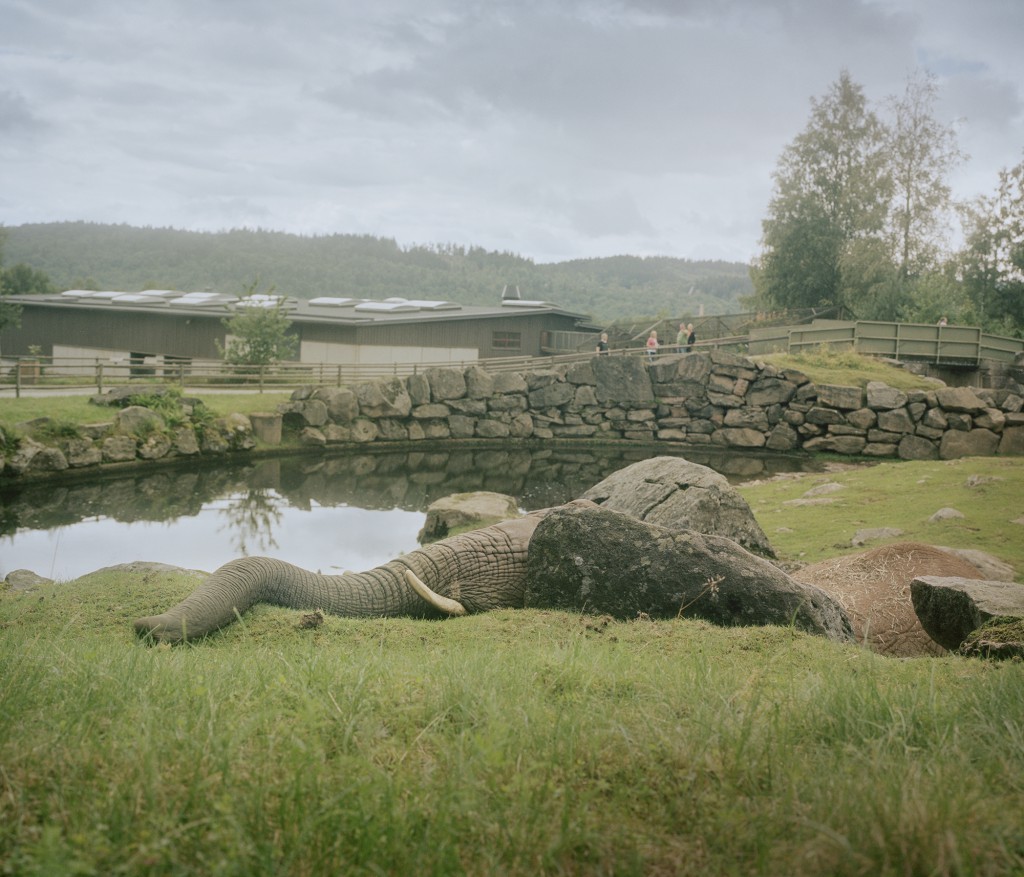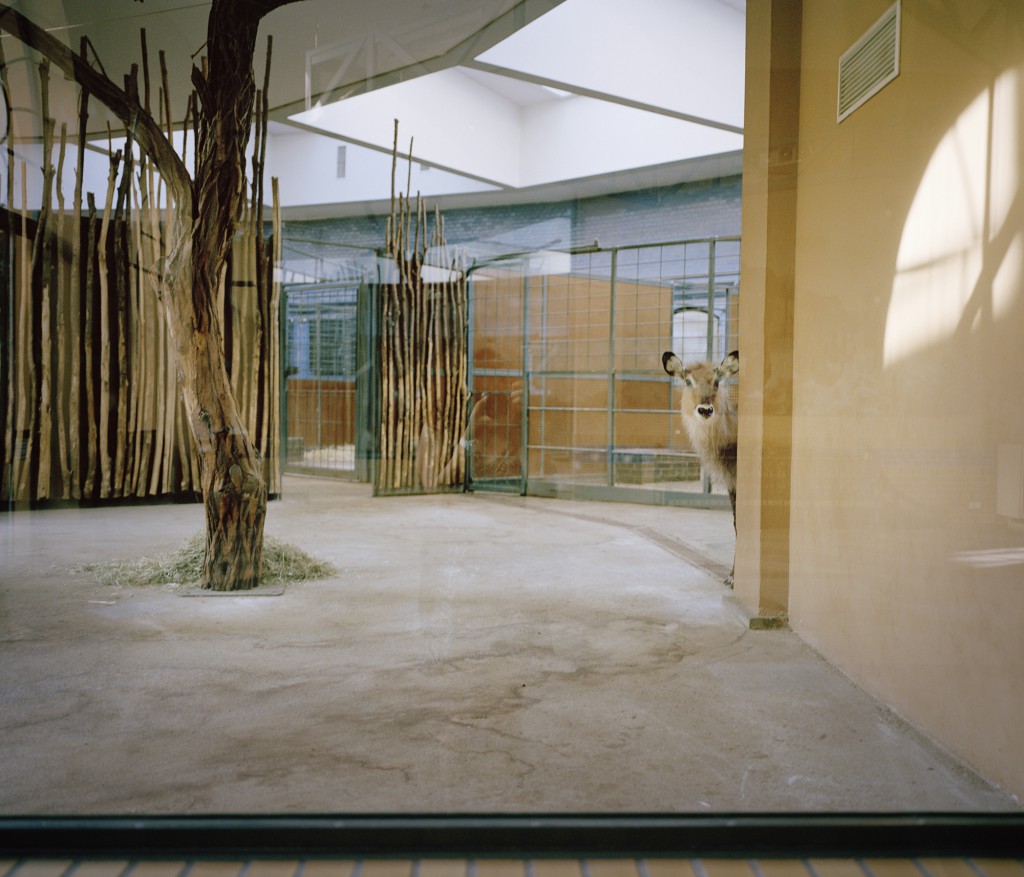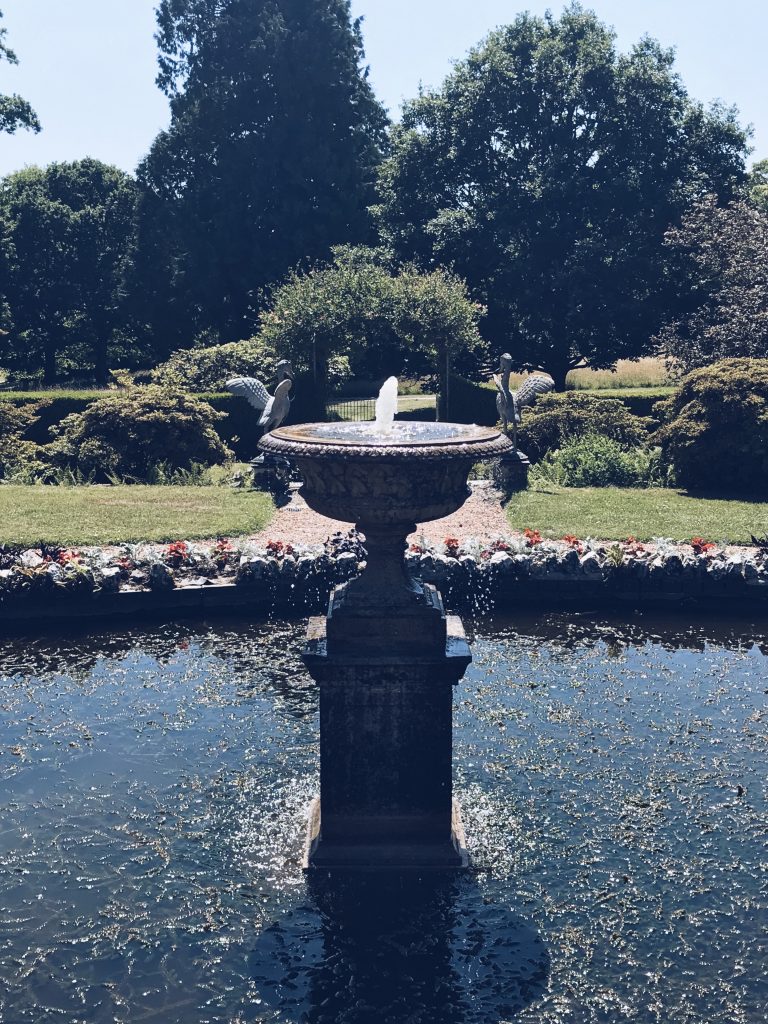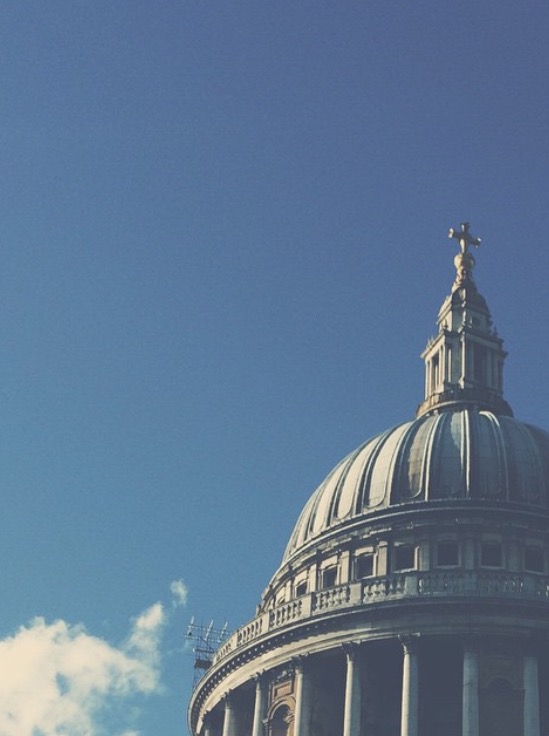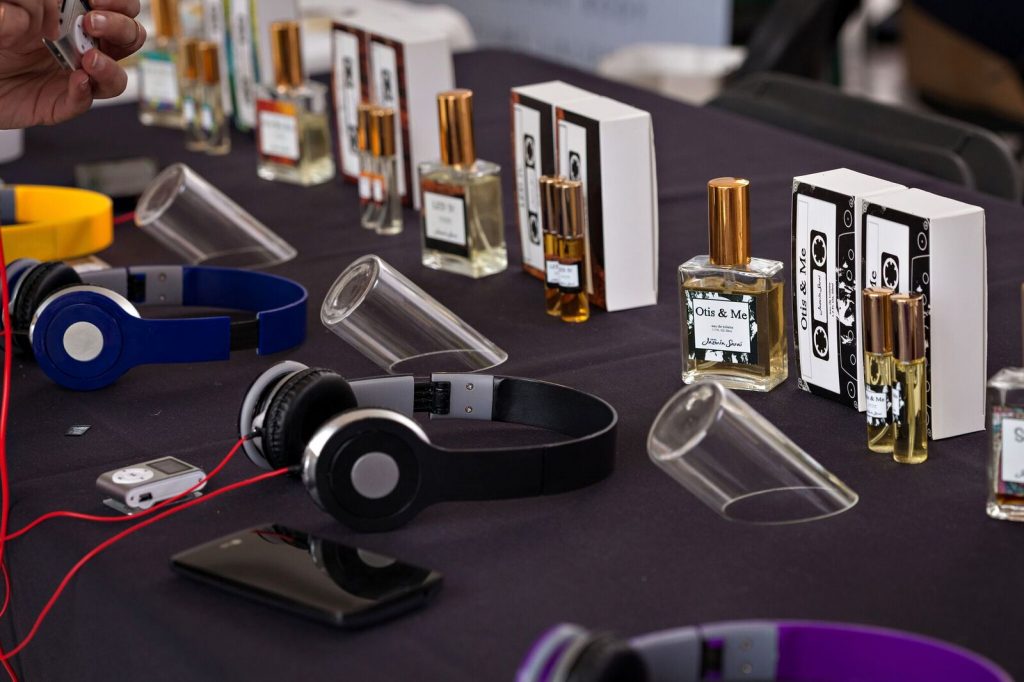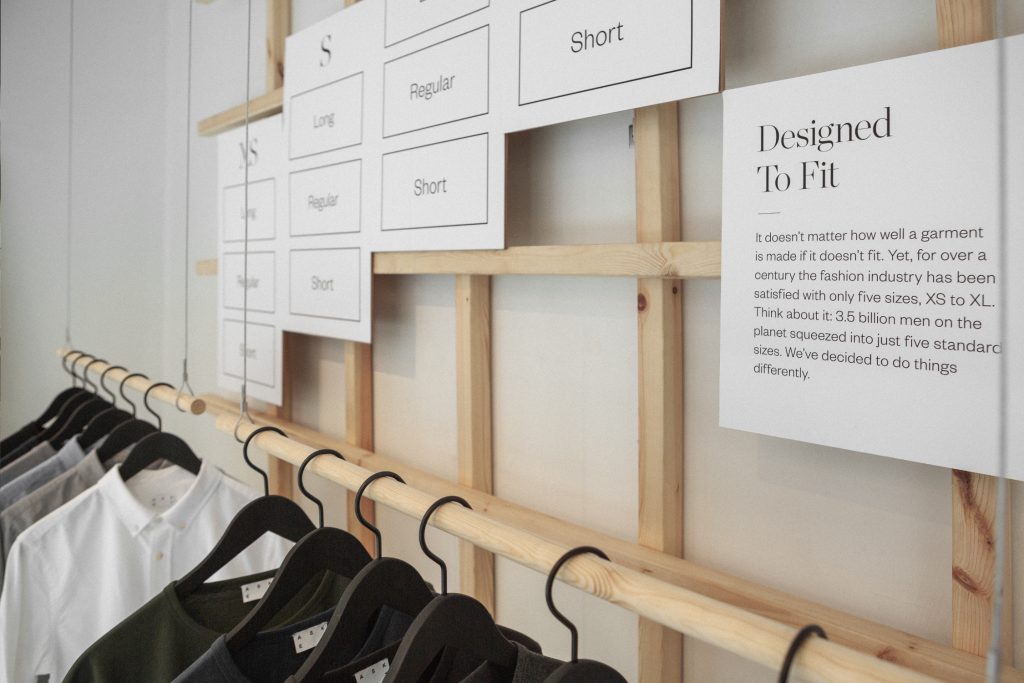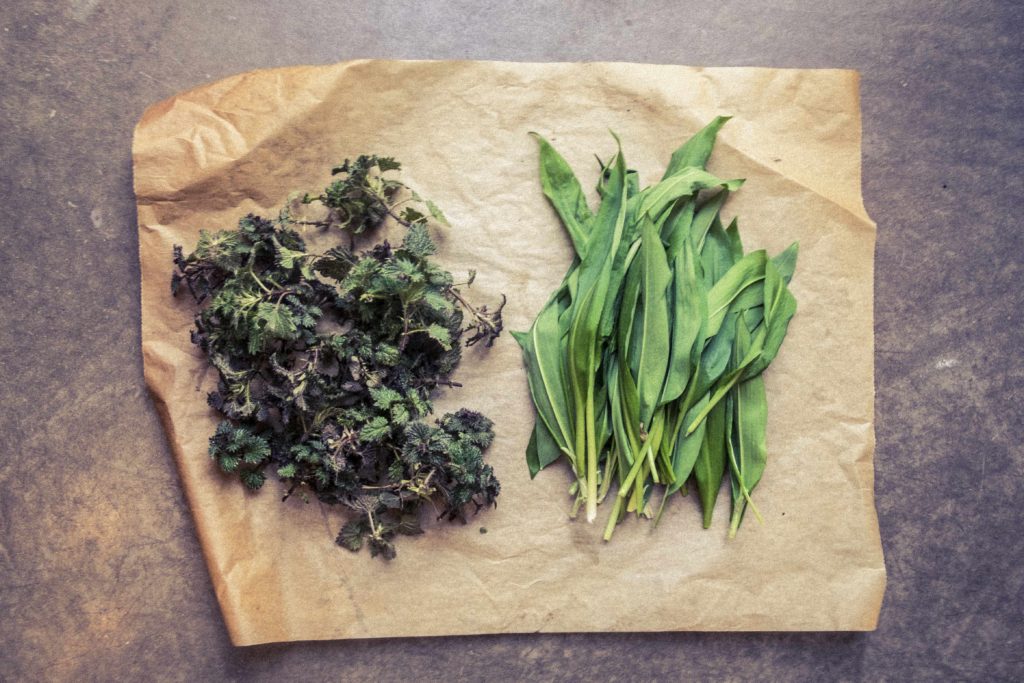Between the ages of three and ten, there is nothing more exciting for a child than a visit to the zoo. Finally they get to see all the animals they’ve only ever known from The Jungle Book in real life. But does zoo life constitute “real life” for these animals? After all, they have been ripped from their natural habitats and placed into enclosures that may closely resemble the jungle, the desert or the oceanic world, but are by no means the real deal. Can animals truly feel at home here? Is it really fair to capture animals for the sole purpose of our entertainment?
Malmö based photographer Julia Lindemalm has been pondering these questions and has let us in on her conclusions with her Zoo World project. We felt an immediate connection with her – as a photographer and a human being who truly understands what equality should constitute. After just a few moments talking to Julia, it is obvious why she is the perfect person to have taken up a project like Zoo World. With her gentle but realistic approach to photography, the viewer is not only invited to see what she sees, but to feel what she feels. We spoke to her about what it was that inspired her to focus an entire project on animals in captivity.
How did this project first come about?
I got this idea when I was at a concert; there was a video of white snow leopards playing in the background of the stage. After that I went to the zoo for the first time in twenty years and I was shocked to see all these majestic animals in these small spaces. I went in there with an open mind; I wanted to find out more about the purposes of a zoo, but no one wanted to speak to me. It’s a very closed world; the people weren’t interested in answering my questions. I also noticed that I was watching the animals differently than the rest of the audience. There was a polar bear trying to jump up a rock; he wasn’t being playful he was just frustrated. All the people around me were laughing; I was crying. The disconnection between us and animals is immense. In zoos they just serve our entertainment; people tap on the windows, desperate to make contact, but in most zoos, you’ll see that the animals are actually desperate to hide.
Why do you think the zoo owners and workers were reluctant to talk to you?
Because it’s a very dirty business! In 2012 there were some scandals surrounding zoos emerged in Sweden. The Parken Zoo was found to have slaughtered protected and endangered species and just stuck the dead bodies into a freezer; another was starving their lion cubs to death. Most zoos are privately owned and they’re closed organisations so it’s hard to get real information. But I’ve done a lot of research and am getting a better understanding of it. A big part of their marketing strategy is stating that they are saving endangered species and are contributing money to valuable projects, but that constitutes maybe few per cent of their annual profits. Either way, where do you think these animals come from? They are taken out of their natural environment and the bottom line is, it’s all for our own entertainment.
How do you feel about domesticated animals? Do you think the same thing applies?
Our relationship with animals remains complicated. It is based on power and it’s often confused. For example, we eat certain animals but we don’t eat others. With domesticated animals, we are not depriving them of their natural life, whereas a lion in a cage can’t live the life it normally would; it can’t choose who to mate with or what to hunt, it’s completely deprived of its instincts.
What do you think it will take to change people’s mentality in regards to their relationship with animals?
I think the more equal a society gets, the more equal we’ll feel with animals. Animals always have the lowest rank: Man, woman, child and then somewhere on the bottom there’s the animal. People often laugh at animal welfare issues because they like to point out that there are millions of people suffering around the world, suggesting they should be prioritised. But we are all connected in some way. Animals have emotions; they shouldn’t be treated as “things”.
What other areas of animals in captivity have you explored?
I actually just came back from the US where I went to Sea World, the subject of the documentary Black Fish. It was like Disney World but with animals in it. It was all crap food, plastic hamburgers and some boy band pop music blasting from the speakers, you’d be reminded to “be one with nature”. It was surreal. The staff has stopped interacting with the whales now, but they still do shows where the whales jump up towards a projected screen of a sunset. They’re kept in simple pools; they haven’t even tried to make them look nice with stones or brickwork or anything, they’re just that: pools. It took one second of looking at these majestic animals in their pool and I felt deep sorrow.
What can we expect to see from you in the future?
The Zoo Project has been in a few exhibitions and I am planning on turning it into a book as well. It’s a continuing project and I’ve been to different zoos, principally around Europe but I’m expanding. I am also working on a project with a dog psychologist, which aims to raise awareness about adopting rescue dogs locally or from other countries.
With all the exotically arranged exteriors, smiling children and beautiful animals we’ve only ever known from pictures, we often walk through our local zoos forgetting about the loneliness, frustration and heart-ache that lies beyond the fencing and heavily bricked walls. Julia’s work is a stark reminder to us that our feelings are in no way superior; their pain is no less than ours.
